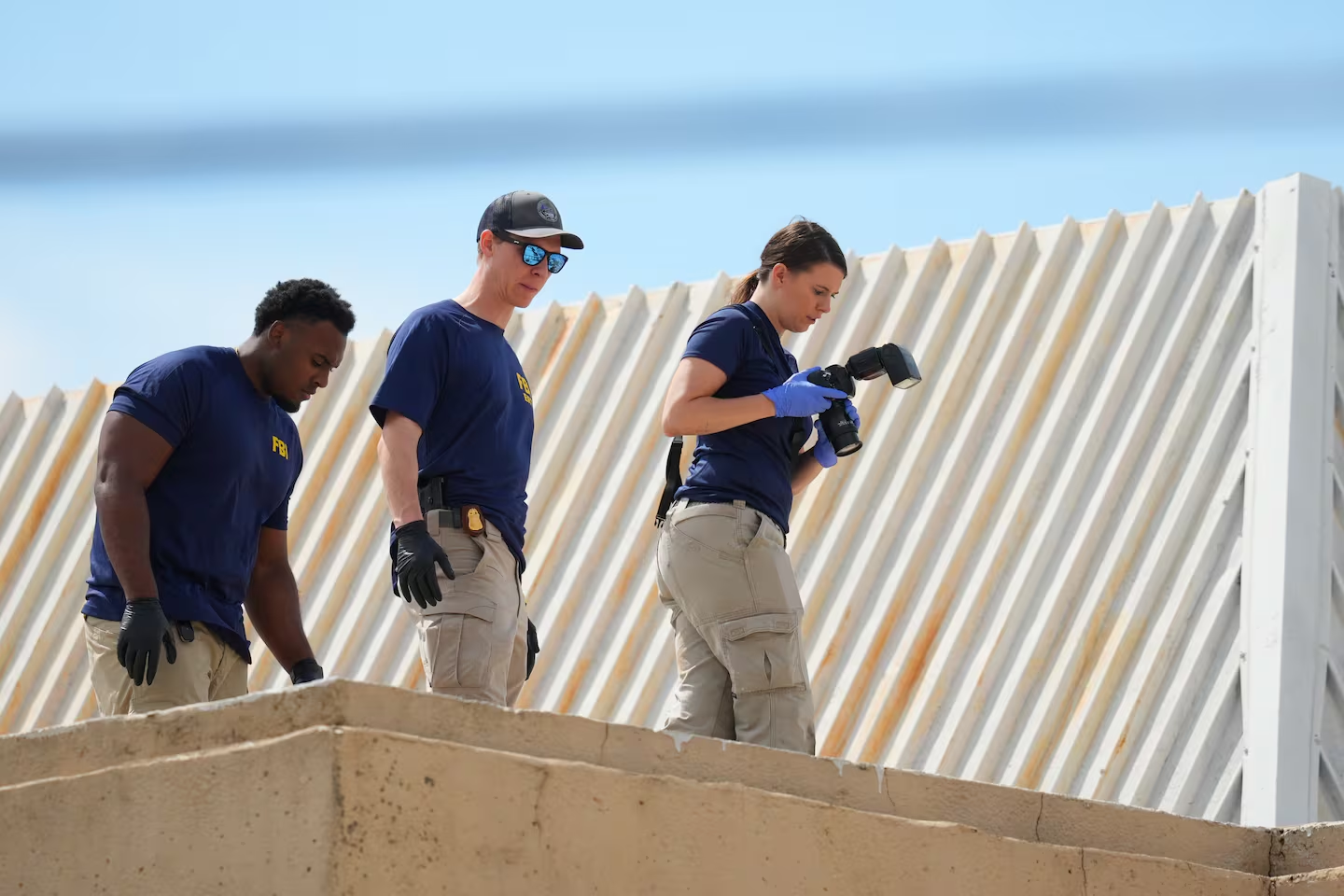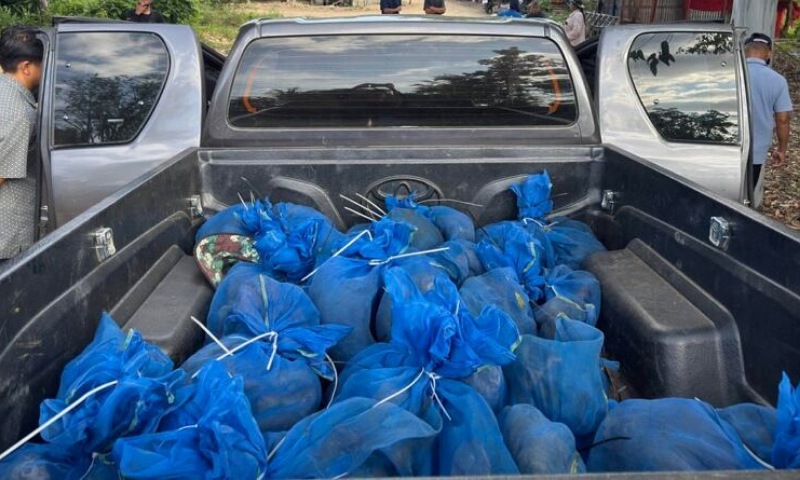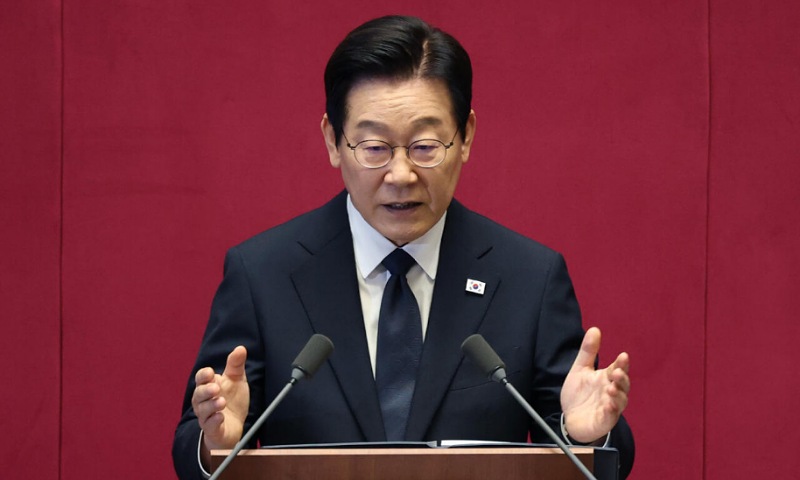A shocking attack struck a U.S. Immigration and Customs Enforcement (ICE) facility in Dallas early Wednesday morning. A gunman fired from a rooftop, hitting a van where detainees waited. Authorities confirmed that one detainee died and two others are in critical condition. The shooter later took his own life.
What Happened: The Shooting
Around 6:40 a.m., law enforcement agencies responded to reports of gunfire near the Dallas ICE field office. The shooter opened fire from an adjacent rooftop, targeting the ICE building and a transport van in the sally port entrance. The Department of Homeland Security said the shots came in multiple directions. One detainee died on scene, while two were rushed to the hospital with life-threatening injuries. The gunman died from a self-inflicted wound.
Investigators found shell casings inscribed with “ANTI ICE,” adding to concerns that the shooting stemmed from ideological motives. Law enforcement now treats the case as an act of targeted violence.
Identities, Motive, and Reactions
Officials identified the suspect as 29-year-old Joshua Jahn. They have not released the names of the victims. One of the wounded detainees is a Mexican national, confirmed by Mexico’s consulate. The U.S. has heightened security at other ICE facilities in response. Acting ICE officials warned of increased risks and ordered tighter protocols.
Reactions poured in from political leaders and advocacy groups alike. Some condemned the violence and called it vile, while others warned that heated rhetoric and demonizing immigration enforcement may fuel further attacks. The incident revived debates on security, immigration policy, and how enforcing laws can make federal agents and those in custody vulnerable.
Implications for ICE and Immigrant Communities
This attack changes the narrative around ICE facilities. They are no longer just sites of detention and deportation; they can become targets. ICE agents may require more protection, and immigration courts or transport operations may adjust scheduling and protocols under new threat models.
Immigrant communities already living under fear now confront additional risk. People in custody become vulnerable, not only from legal uncertainties but from violence outside the system. The incident underscores the fragility of safety for those held in detention.
What Must Follow
First, authorities must complete a thorough investigation and hold all responsible parties accountable. Transparency will be key to restoring public trust. Next, ICE and DHS must review and strengthen security across facilities, especially during transport and in vulnerable zones like sally ports. Third, public and political leaders must reflect on how rhetoric, policy, and discourse influence real-world violence. Finally, communities impacted by immigration law must be part of preventive solutions through dialogue, oversight, and advocacy.
Conclusion
The Dallas ICE facility shooting left one detainee dead and two critically injured, transforming a federal office into a crime scene. With “ANTI ICE” written on shells and signs pointing to ideological intent, the attack carries weight beyond local tragedy. In the days ahead, how the government responds and how society remembers will indicate whether such violence becomes normalized or confronted head-on.
Bonus Read: Three Officers Killed in Pennsylvania Shooting While Serving Warrant



